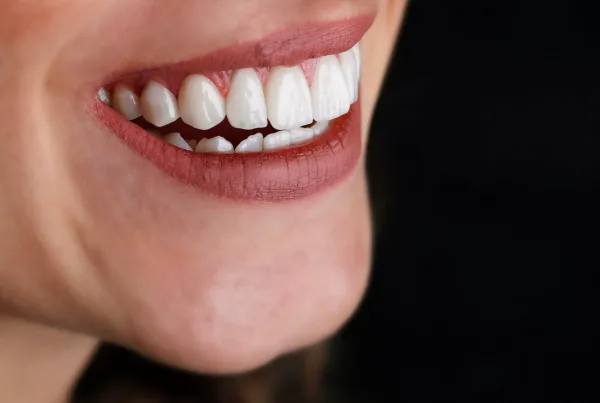Interdental gap closure treatments refer to dental procedures aimed at closing gaps or spaces between teeth, which are known as diastema. These gaps can occur between any two teeth in the mouth and can vary in size. Interdental gap closure treatments can improve the appearance and functionality of the teeth, as well as promote better oral health. Here are some common treatments used to close interdental gaps:
- Dental Bonding: Dental bonding, also known as composite bonding, involves the application of tooth-colored resin material to fill in the gaps and reshape the teeth. It is a non-invasive and relatively quick procedure that can be completed in a single dental visit.
- Orthodontic Treatment: Braces or clear aligners can be used to gradually move the teeth together and close interdental gaps. Orthodontic treatment is effective for closing gaps of various sizes and can also correct other misalignment issues.
- Veneers: Dental veneers are thin, custom-made shells that are bonded to the front surface of the teeth to improve their appearance. Veneers can be used to close small to moderate interdental gaps and can also address other cosmetic concerns.
- Dental Implants: If a tooth is missing and causes an interdental gap, a dental implant can be used to replace the missing tooth. The dental implant serves as an artificial tooth root, and a dental crown is placed on top to close the gap.
- Dental Bridges: A dental bridge is used to replace one or more missing teeth. It consists of one or more artificial teeth (pontics) held in place by dental crowns on the adjacent natural teeth. Dental bridges can help close interdental gaps caused by missing teeth.
- Invisalign: Invisalign is a type of clear aligner orthodontic treatment that uses custom-made, nearly invisible aligners to move teeth into their desired positions, closing gaps in the process.
- Surgical Options: In some cases of large or complex interdental gaps, surgical procedures like orthognathic surgery (jaw surgery) may be considered to correct jaw alignment and close the gaps.
The choice of treatment will depend on factors such as the size of the gap, the overall dental health of the patient, the patient’s preferences, and the recommendation of the dentist or orthodontist. It is important to consult with a dental professional to determine the most suitable treatment option for closing interdental gaps and achieving the desired results.





